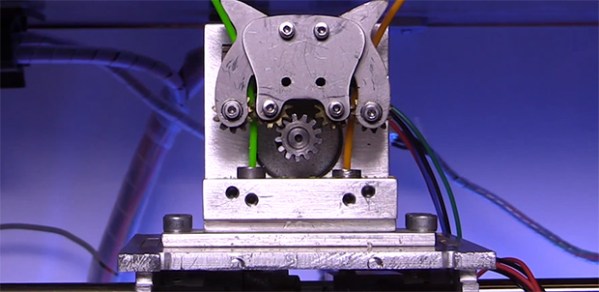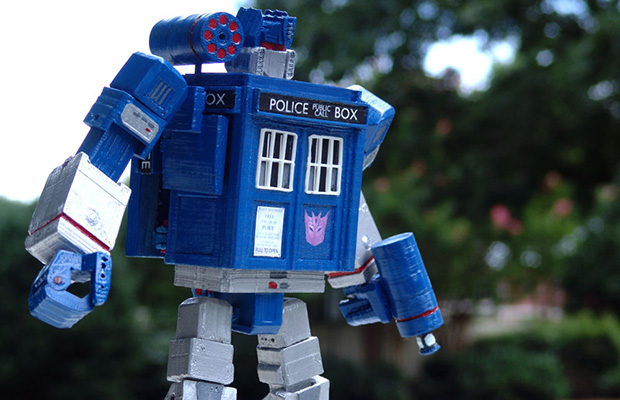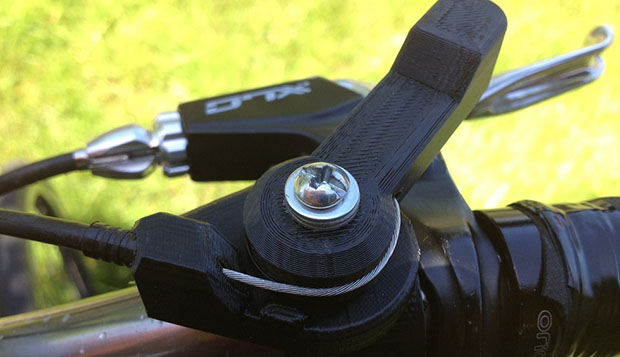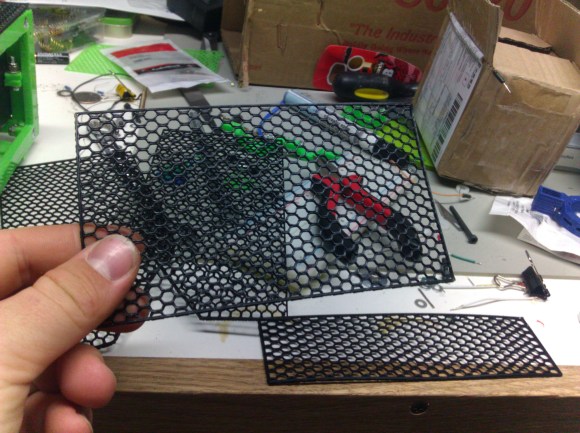
Grab your favorite cartridge and violently blow into the end, because [Dave Nunez] is sending us on a nostalgia trip with his 3D printed portable NES. He takes the typical route of chopping up a Nintendo on a chip (NOAC) retro machine rather than sacrifice a real NES, and opts for a NiMH battery over lithium (which isn’t a bad idea; they can burst into flames if you charge them incorrectly). The battery life is, however, tolerable: 2.5 to 3 hours.
All the components are packed into a custom-made 3D printed PLA enclosure, which [Dave] kindly shares on thingiverse. He also decided to 3D print each of the buttons and their bezels/housings, which he then topped off by cutting acrylic sheets that seal up the front and back. As a final touch, [Dave] slips in some custom art under the acrylic and mounts a printed LED nameplate in the corner.
We’ve seen [Dave’s] work at Hackaday before, when he built a one-size-fits-all-consoles arcade controller.
















